Explore Zanzibar - Tanzania Travel, Africa
Zanzibar, an enchanting archipelago in the Indian Ocean, lies about 40 kilometers off Tanzania’s eastern coast. Comprising several islands, with Unguja (commonly known as Zanzibar Island) and Pemba Island being the largest, Zanzibar is celebrated for its stunning beaches, rich cultural heritage, and historical significance. Just south of the equator, this tropical paradise enjoys a warm climate year-round, attracting visitors with its blend of African, Arab, and Indian influences. Whether exploring spice farms, snorkeling in crystal-clear waters, or savoring local dishes like biryani and Zanzibar pizza, travelers find Zanzibar a captivating destination.
Population: Estimate 30,000 people in 2024
Economy: Zanzibar's economy relies heavily on tourism, agriculture, and fishing. The island is known for its spice production, particularly cloves, and attracts visitors with its rich culture and beautiful beaches. Tourism is the largest contributor, driving growth and development.
Landmarks: Famous for the Stone Town, Prison Island ( or Changuu Island), and the Jozani Forest (an important part of the Jozani Chwaka Bay National Park).
Tanzania
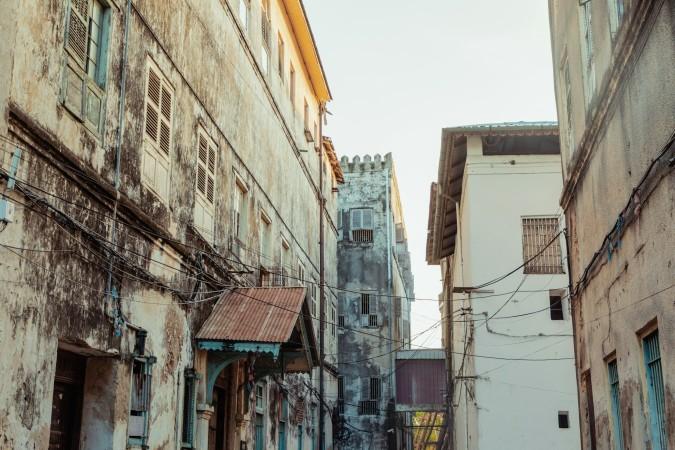
Overview of Zanzibar
History & Cultural Influence
Zanzibar's history is marked by a rich tapestry of cultural influences, primarily shaped by its strategic location as a major trade hub in the Indian Ocean. Originally settled by Bantu-speaking peoples, the islands saw significant Arab, Persian, Indian, and European interactions beginning in the 7th century, leading to a unique blend of cultures. The Omani Sultanate took control in the late 17th century, establishing Zanzibar as a center for the spice trade and the slave trade, which profoundly impacted its social fabric and economy. Today, Zanzibar is celebrated for its vibrant culture, characterized by the Swahili language, a fusion of local dialects and Arabic, and a culinary scene rich in spices.
Interaction with The Locals
When you visit Zanzibar, you can expect warm and friendly interactions with the locals, who are renowned for their hospitality and welcoming nature. The population is predominantly Swahili, with a blend of Arab, Persian, Indian, and African influences, reflecting the island's rich history as a trade hub. Locals generally have a positive attitude towards tourists, appreciating the economic benefits that tourism brings, though there are ongoing discussions about ensuring these benefits are shared equitably within the community.
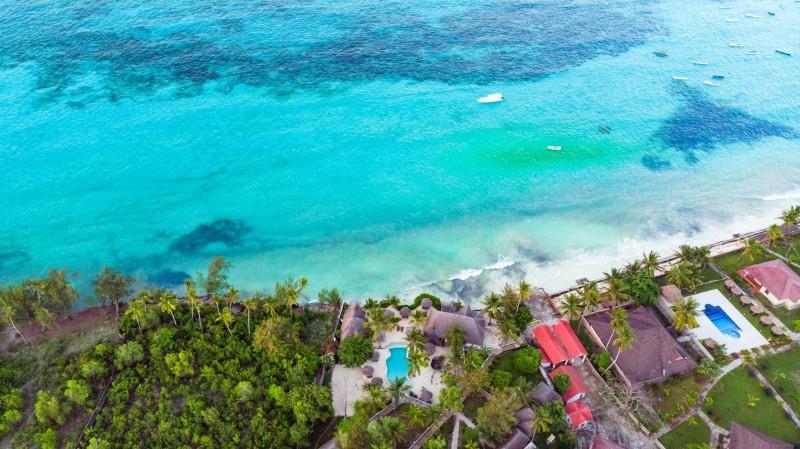
Nungwi Beach - © Moses Londo
Top Attractions in Zanzibar
Zanzibar offers a rich blend of history and natural beauty, with Stone Town standing out as a UNESCO World Heritage Site known for its narrow alleys and coral stone buildings. These attractions, along with the island's vibrant culture and stunning landscapes, make Zanzibar a must-visit destination.
- Stone Town: Stone Town is the historical heart of Zanzibar, renowned for its narrow alleys, coral stone buildings, and vibrant cultural heritage. As a UNESCO World Heritage Site, it boasts iconic landmarks like the Old Fort and the House of Wonders.
- Prison Island (Changuu Island): Once used as a prison for rebellious slaves, Prison Island is now a popular destination where you can see giant tortoises and enjoy snorkeling in the island's clear, inviting waters.
- Jozani Forest (Jozani Chwaka Bay National Park): Home to the endangered Zanzibar red colobus monkey, Jozani Forest is a lush national park featuring mangrove forests and diverse wildlife, making it perfect for nature walks and wildlife viewing.
- Nungwi Beach: Nungwi Beach is famous for its pristine white sands and vibrant nightlife. It’s an ideal spot for swimming, snorkeling, and taking in the breathtaking sunsets that the northern coast of Zanzibar is known for.
- Kizimkazi: Kizimkazi is well-known for its dolphin tours, offering you the chance to swim with dolphins in their natural habitat. The area also boasts beautiful beaches and significant cultural heritage sites.
- Freddie Mercury Museum: Located in the childhood home of the legendary Queen frontman, the Freddie Mercury Museum is a must-visit for fans, showcasing memorabilia and photographs that celebrate his extraordinary life and career.
- Nakupenda Beach: Nakupenda Beach is a stunning sandbank with crystal-clear waters and soft white sands. It’s an idyllic spot for sunbathing, swimming, and enjoying a peaceful day by the sea.
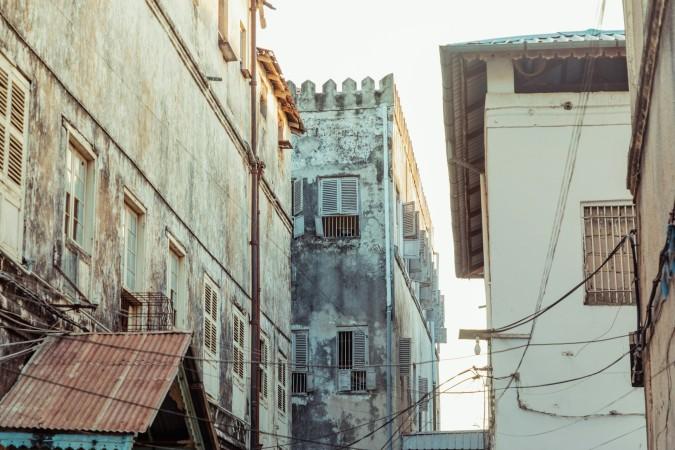
Buildings in Zanzibar Stone Town - © Alferio Njau
Must-Try Dishes in Zanzibar
When visiting Zanzibar, be sure to try the island’s local specialty. Don’t miss the fragrant Zanzibari biryani among other must-try local dishes, a showcase of Zanzibar’s rich culinary heritage.
- Zanzibar Pizza: Zanzibar pizza is a must-try street food made from a thin, crispy dough. It's stuffed with an assortment of ingredients like minced meat, vegetables, eggs, and cheese, then folded and grilled to perfection.
- Biryani: Zanzibari biryani is a fragrant and flavorful rice dish, often cooked with tender chicken, goat, or seafood, and spiced with a rich blend of cardamom, cloves, and cinnamon. Garnished with fried onions and boiled eggs, this dish is a feast for the senses.
- Uji: Uji is a simple yet comforting porridge made from millet or corn flour, commonly enjoyed for breakfast across Zanzibar. It can be sweetened with sugar, honey, or spiced with a touch of ginger or cinnamon. This dish is a nod to the island’s agricultural traditions, highlighting the importance of grains in the local diet.
- Seafood Curry: Freshly caught fish, prawns, or octopus are simmered in a rich, creamy coconut milk sauce, spiced with turmeric, ginger, and garlic. This dish perfectly encapsulates the essence of Zanzibari cuisine—simple, fresh ingredients, elevated by the island’s world-renowned spices.
- Chapati: Chapati, an unleavened flatbread, is a staple in Zanzibari meals, often accompanying curries, stews, or even served alone with a bit of honey or sugar for a snack. This versatile bread reflects the Indian influence on Zanzibari cuisine and plays an essential role in many households.
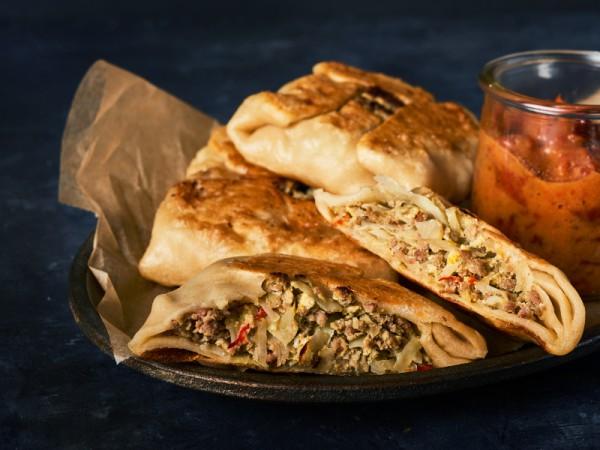
Zanzibar Pizza - © Plochman's Mustard
Festivals & Local Celebrations
Sauti za Busara Music Festival
Held in Stone Town during February, the Sauti za Busara Music Festival is a lively celebration of African music, featuring over 400 artists performing genres ranging from traditional taarab to contemporary hip-hop. You can expect vibrant street parades, live performances, and a festive atmosphere that highlights the richness of African culture.
Zanzibar International Film Festival (ZIFF)
As one of East Africa's largest cultural events, ZIFF offers a platform for filmmakers from Africa and beyond to showcase their talents. The festival includes film screenings, workshops, and performances, along with outdoor cinema experiences and live music, making it a must-visit for film enthusiasts and culture lovers alike.
Mwaka Kogwa Festival
Celebrated in Makunduchi during July, the Mwaka Kogwa Festival marks the Shirazi New Year with unique traditions and rituals. Highlights include mock fights with banana tree branches and the lighting of bonfires, symbolizing the clearing of past grievances and welcoming the new year with joy and community spirit.
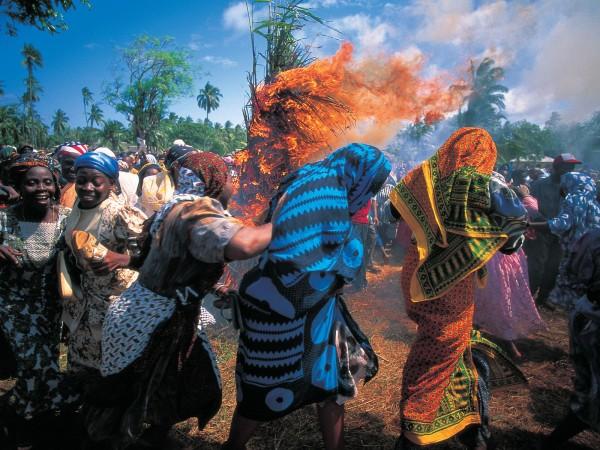
Mwaka Kogwa Festival - © Zanzibar Commission for Tourism
What to Do in Zanzibar
- Snorkeling and Diving: The crystal-clear waters around Mnemba Atoll and Chumbe Island are perfect for snorkeling and diving. You’ll witness vibrant coral reefs and a variety of marine life, including dolphins, turtles, and colorful fish. Whether you're a seasoned diver or a beginner, there are plenty of dive centers offering equipment and guided tours that will introduce you to some of the most beautiful underwater ecosystems in the Indian Ocean.
- Spice Tours: As the "Spice Island," Zanzibar is famous for its spice farms. A spice tour is a must-do activity where you can walk through plantations, smell fresh cloves, cinnamon, and nutmeg, and learn about the island's spice trade history. Local tour guides often share insights into traditional medicinal uses of these spices, making it both an educational and sensory experience.
- Dhow Cruises: A sunset dhow cruise offers a more peaceful experience. These traditional wooden boats cruise around Zanzibar's shores, providing stunning views of the sunset.
- Kitesurfing: For those seeking more adventure, Zanzibar’s southeastern coast, particularly around Paje, is a hotspot for kitesurfing. The consistent winds and flat waters make it ideal for both beginners and experienced kite surfers.
Shopping in Zanzibar
- Stone Town Markets: The Darajani Market is particularly famous for spices, textiles, and fresh produce, and a sensory overload of smells, sights, and sounds. It’s the perfect place to buy authentic Zanzibar spices to take home, along with handcrafted items such as carved wooden boxes, Maasai jewelry, and colorful kangas (traditional fabrics).
- Handcraft Stores: Zanzibar is home to talented artisans who create beautiful handmade products. Intricately carved wooden furniture, beaded jewelry, and woven baskets are among the most sought-after items. Many shops in Stone Town sell these crafts, which make for excellent souvenirs or gifts.
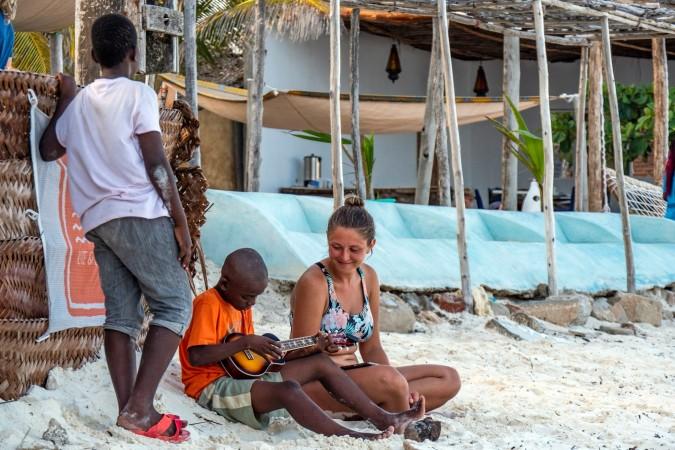
Relax with the locals on Zanzibar beach - © Majkl Velner
Weather in Zanzibar: Best Time to Visit
Average Temperatures
Throughout the year, Arusha’s temperatures vary:
- January to March: Expect daytime highs between 27°C and 29°C (81°F to 84°F), with cooler nights around 10°C to 11°C (50°F to 52°F).
- April to May: As temperatures begin to cool, highs range from 22°C to 25°C (72°F to 77°F), with nighttime lows of 11°C to 13°C (52°F to 55°F). April is the wettest month.
- June to August: This is the coolest period, with average highs of 20°C to 22°C (68°F to 72°F) and lows dipping to 8°C to 10°C (46°F to 50°F), with July typically being the coldest month.
- September to December: Temperatures rise again, with highs reaching 26°C to 29°C (79°F to 84°F) and lows from 10°C to 13°C (50°F to 55°F).
Best Time to Travel
The ideal time to visit Arusha is during the dry seasons, particularly from June to September and January to February. These months offer pleasant weather, perfect for outdoor activities like safaris and hiking. If you’re traveling during June to August, be prepared for cooler evenings and early mornings.
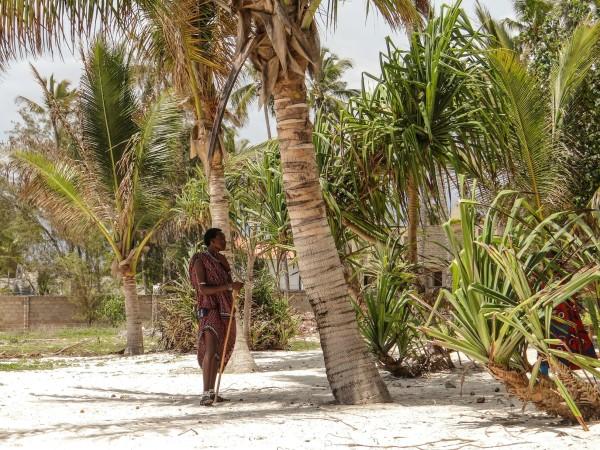
A Masai in traditional Masai dress on Zazibar beach - © Lidia Stawinska
Essential Travel Information
Getting Around Zanzibar
- Taxis and Shuttles: You can pre-booked online for convenience, ensuring a driver meets you upon arrival with a sign displaying your name. Services typically include flight monitoring and up to 120 minutes of free waiting time for delays.
- Dala-Dalas: These are shared minibuses that operate on set routes throughout the city and to nearby areas. They are a cost-effective way to travel but can be crowded and may not adhere to strict schedules.
- Buses: Larger buses connect Zanzibar with other major cities and tourist destinations. They are generally more comfortable than dala-dalas but may require advance booking during peak travel seasons.
- Taxis: Metered taxis are available throughout Zanzibar, but it's advisable to agree on a fare before starting your journey, as many taxis do not use meters.
ATM & Banking Services
Zanzibar has a limited number of ATMs, mostly concentrated in Stone Town and a few tourist spots like Nungwi and Paje. It's important to note that ATMs can sometimes run out of cash, so it's wise to withdraw enough when you find one that’s stocked. The maximum withdrawal limit is typically 400,000 Tanzanian Shillings (around $130), and fees may apply, so check with your bank about international usage before you travel. Currency exchange is primarily available at banks and designated bureaus, with 24/7 services at the airport for added convenience.
Where to Stay in Zanzibar
- Luxury Resorts: Zanzibar is home to several luxury resorts that offer stunning beachfront locations, world-class amenities, and personalized services. These resorts typically feature private villas, infinity pools, fine dining restaurants, and wellness spas. Perfect for couples or honeymooners, these resorts often offer activities like private boat trips, guided tours, and exclusive beach access, ensuring a relaxing and indulgent stay.
- Mid-Range Hotels: If you're looking for a balance between comfort and affordability, Zanzibar has a variety of mid-range hotels. These establishments offer modern amenities like air conditioning, swimming pools, and on-site restaurants while still keeping you close to the island's top attractions.
- Beachfront Villas: If you prefer more privacy, Zanzibar’s beachfront villas provide a tranquil escape with all the comforts of home. These standalone accommodations are often equipped with private pools, kitchens, and spacious living areas, making them ideal for families or groups. Located directly on the beach, these villas offer breathtaking ocean views and easy access to the water.
Articles for you
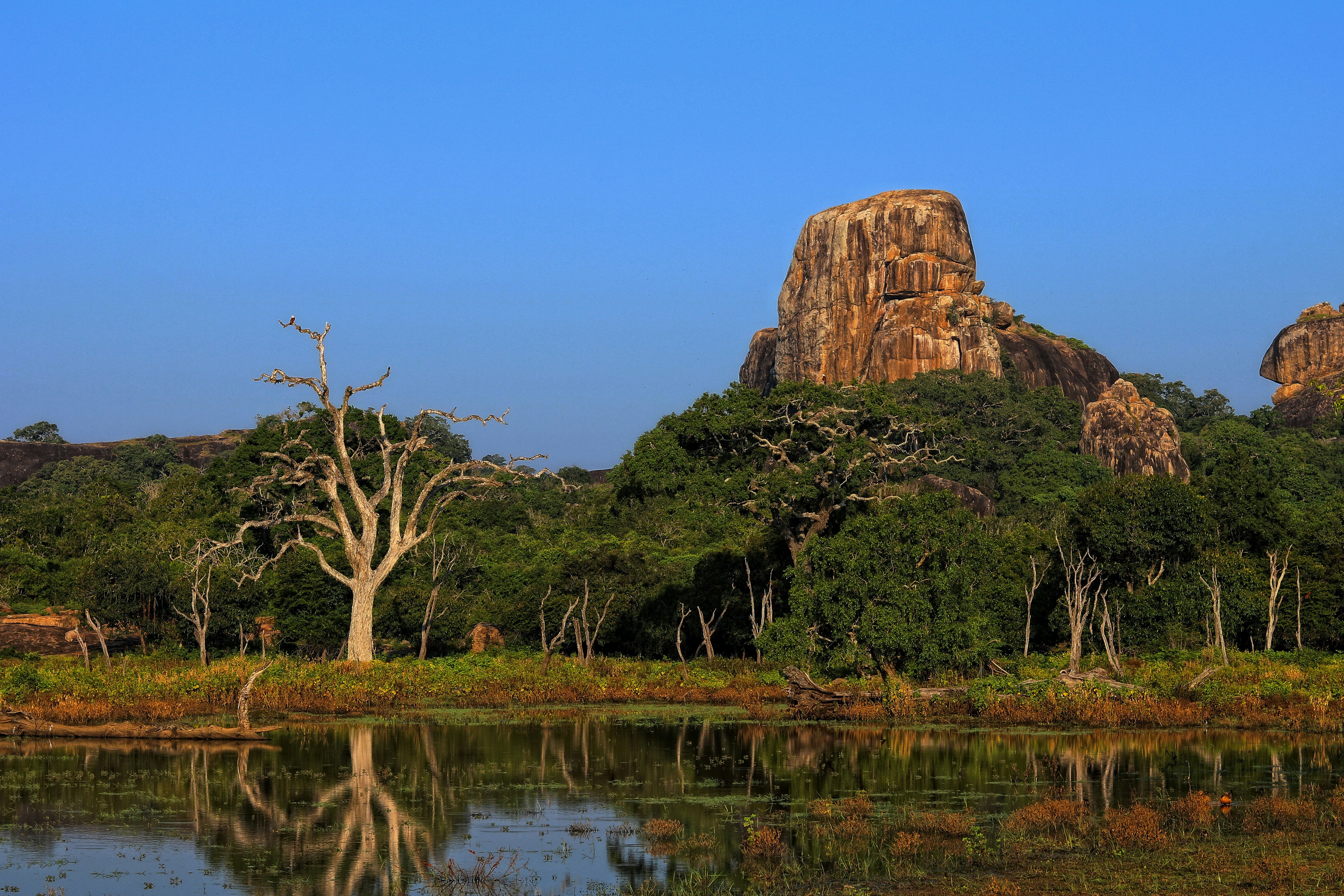
Explore Yala National Park - Sri Lanka Travel, Asia
Tucked away in Sri Lanka’s southeastern corner, Yala National Park is where wild nature meets deep tradition. Known worldwide for its leopard population, the park is also home to elephants, sloth bears, crocodiles, and hundreds of bird species. Beyond wildlife, Yala opens doors to a cultural landscape dotted with ancient temples, Buddhist ruins, and coastal villages. For travelers seeking more than just a safari, Yala offers a chance to explore eco-tourism, local communities, and sacred heritage sites.
Population: The Yala National Park area doesn’t have a human population.
Economy: The economy around Yala National Park thrives on a blend of eco-tourism, agriculture, and local services. Safari tours, eco-lodges, and cultural experiences drive steady income for nearby towns like Tissamaharama and Kataragama, supporting thousands of families.
Landmarks: Famous for Block I of Yala and wildlife encounters, including elephants, sloth bears, crocodiles, and exotic bird species.
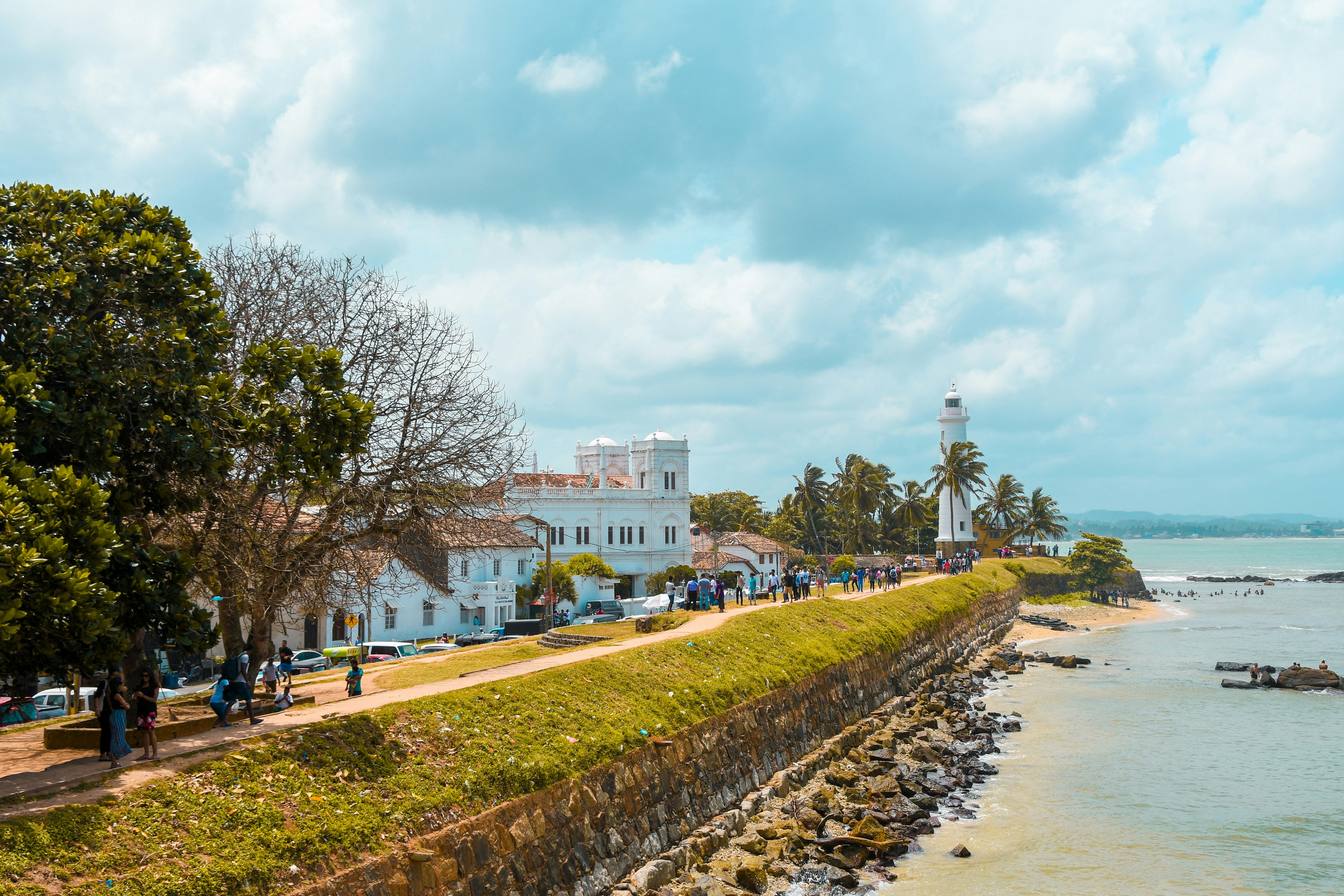
Explore Galle - Sri Lanka Travel, Asia
Nestled on Sri Lanka’s southern coastline, Galle is a vibrant city where history meets the sea. Its cobbled streets, colonial architecture, and serene beaches make it a must-visit destination for travelers seeking a blend of culture, adventure, and relaxation. A UNESCO World Heritage site, Galle captivates visitors with its Dutch Fort, bustling markets, and friendly locals. Whether you’re exploring the ramparts at sunset or savoring fresh seafood by the shore, Galle promises an unforgettable journey into Sri Lanka’s heritage.
Population: Approximately 113,000 in 2023.
Economy: Galle’s economy thrives on tourism, trade, and fisheries. The city’s historic fort, colonial architecture, and coastal charm draw thousands of international visitors each year, making tourism its main economic driver. Fishing remains vital for local livelihoods, supplying fresh seafood across the region.
Landmarks: Famous for the Galle Fort, Dutch Reformed Church & Maritime Museum, and Unawatuna Beach.
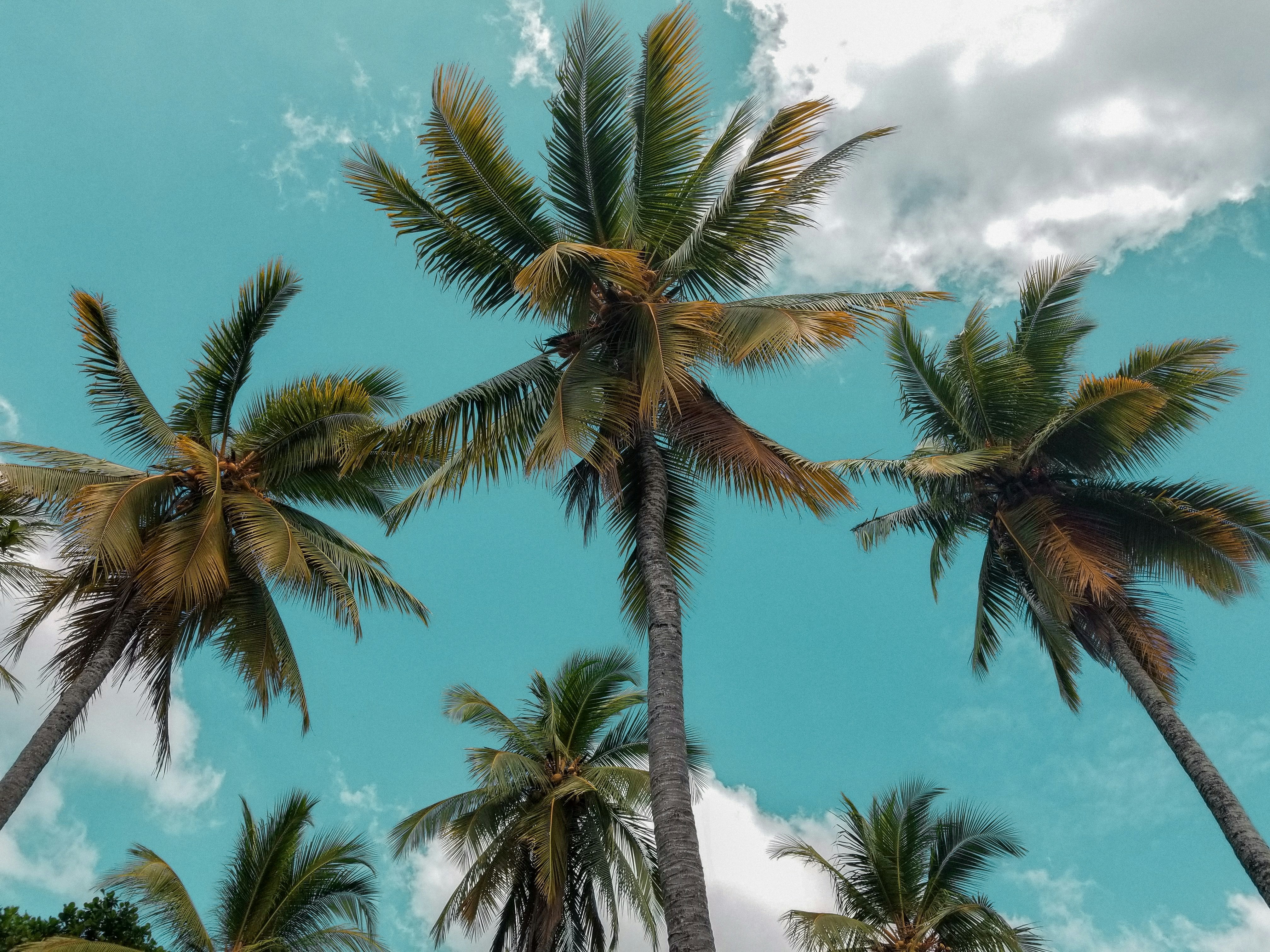
Explore Bentota - Sri Lanka Travel, Asia
Nestled along Sri Lanka’s southwestern coast, Bentota is a tropical paradise that blends golden beaches, vibrant culture, and thrilling adventures. Famous for its calm waters, luxury resorts, and scenic river estuary, Bentota has become a top destination for travelers seeking both relaxation and authentic experiences. From serene beach walks at sunrise to adrenaline-pumping water sports, this coastal town offers a perfect balance of leisure and exploration. With its proximity to Colombo and Galle, Bentota is easy to reach, making it an ideal stop for both short escapes and extended holidays.
Population: Approximately 37,000 in 2023.
Economy: Bentota’s economy thrives mainly on tourism, which drives local businesses such as hotels, restaurants, and wellness retreats. The town also benefits from fishing, coconut cultivation, and handicrafts like wood carving and batik textiles. Many residents rely on the growing demand for water sports and Ayurvedic treatments, making tourism the backbone of both income and employment in the area.
Landmarks: Famous for Bentota Beach, Bentota River Safari, and Kande Vihara Temple.
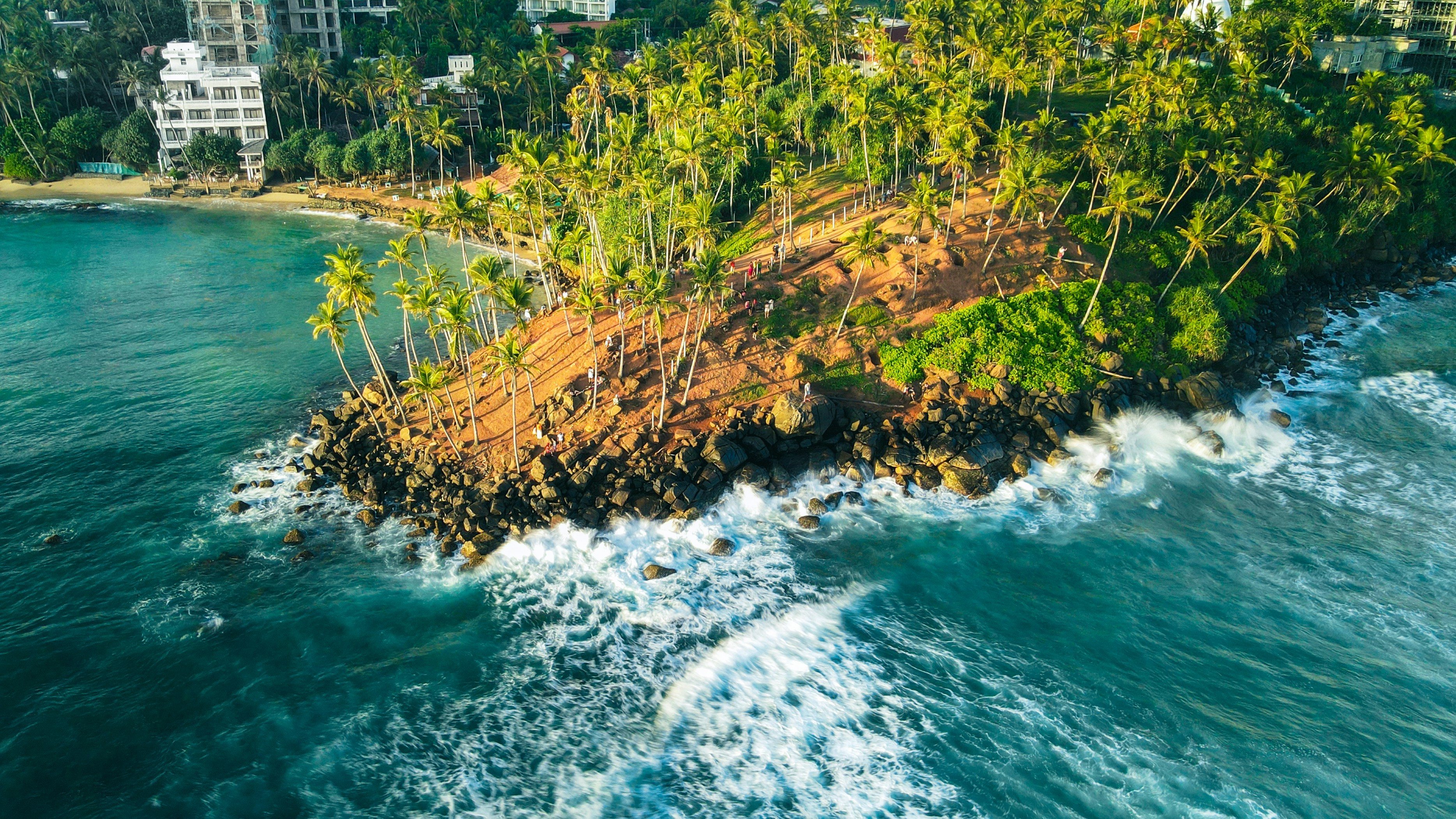
Explore Mirissa - Sri Lanka Travel, Asia
Mirissa is a charming coastal town on Sri Lanka’s southern shoreline. Known for its golden beaches, turquoise waters, and vibrant marine life, it has become a must-visit stop for travelers exploring the island. Many come for whale watching, surfing, and sunset views at Coconut Tree Hill, but Mirissa offers much more than postcard beauty. The fishing boats you see anchored by the bay carry generations of stories. Local traditions, delicious cuisine, and a laid-back rhythm of life shape every visitor’s experience.
Population: Approximately 4,700 in 2023.
Economy: Mirissa’s economy is largely shaped by its coastal location. Fishing has long been the backbone of local livelihoods, with generations relying on the Indian Ocean for income. In recent decades, tourism has become the main driver of growth, thanks to whale watching, surfing, and beachside hospitality.
Landmarks: Famous for Mirissa Beach, Coconut Tree Hill, and Parrot Rock Bridge.
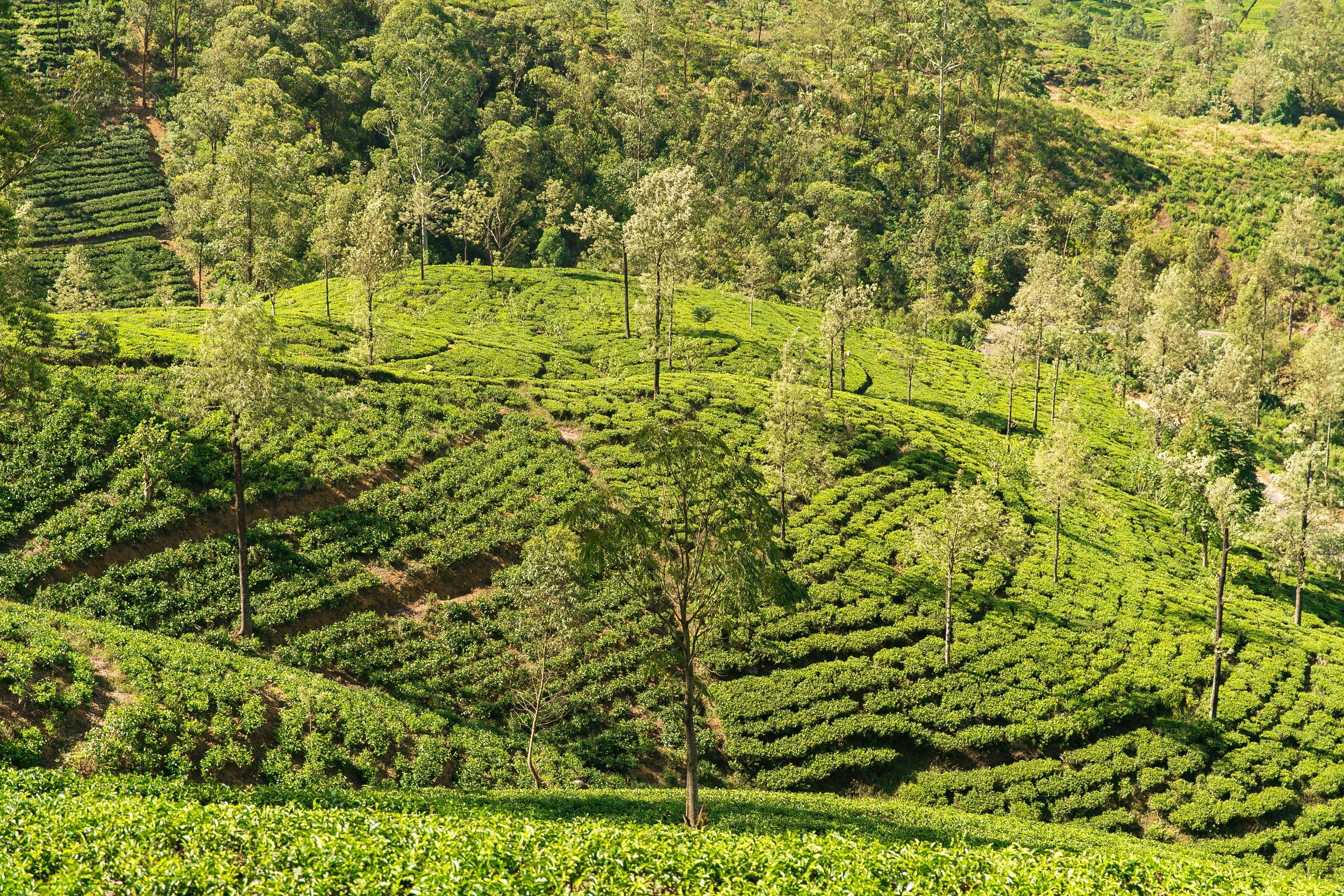
Explore Nuwara Eliya - Sri Lanka Travel, Asia
Tucked away in the Central Highlands of Sri Lanka, Nuwara Eliya is often called “Little England”. With its rolling tea plantations, cool misty mornings, and colonial charm, this mountain town feels like a step into another world. Travelers come here to breathe fresh air, walk through flower gardens, sip the finest Ceylon Tea, and enjoy a pace of life far from the island’s busy cities. Whether you’re drawn by scenic landscapes, heritage architecture, or the warmth of its people, Nuwara Eliya is a destination that blends nature, culture, and history in perfect harmony.
Population: Approximately 781,000 in 2023.
Economy: Nuwara Eliya’s economy thrives mainly on tea production, as it sits in the heart of Sri Lanka’s central highlands, famous worldwide for Ceylon Tea. The city also benefits from a growing tourism industry, attracting visitors with its colonial charm, cool climate, and scenic landscapes.
Landmarks: Famous for Gregory Lake, Hakgala Botanical Garden, and Victoria Park.
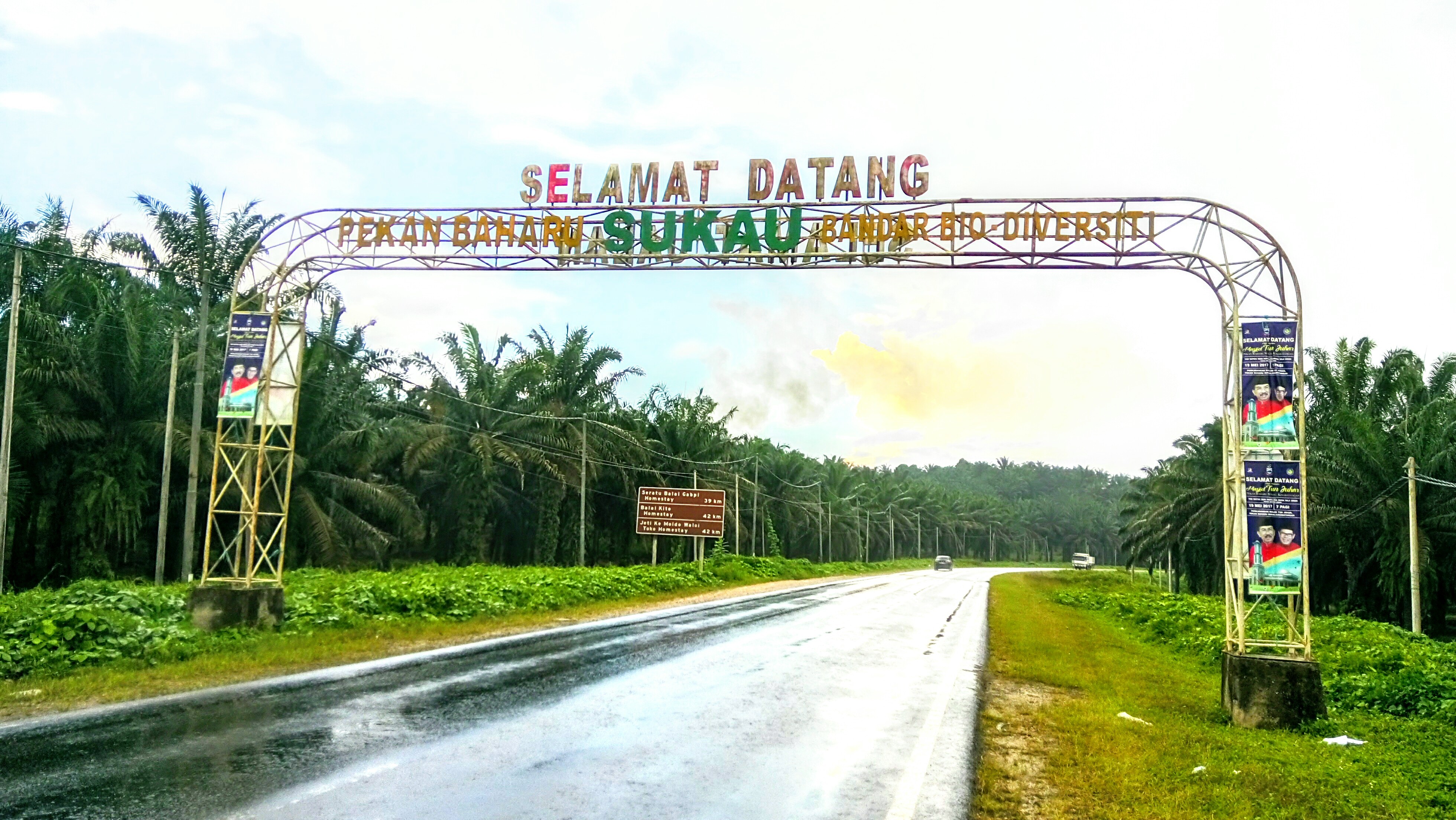
Explore Sukau - Malaysia Travel, Asia
Nestled on the banks of the Kinabatangan River in Sabah, Malaysian Borneo, Sukau is a destination where wildlife, culture, and conservation come together. Known as one of Asia’s top spots for river safaris and eco-tourism, this quiet village offers a front-row seat to encounters with Bornean orangutans, pygmy elephants, proboscis monkeys, and exotic birdlife.
Population: Approximately 1,400 in 2019.
Economy: Sukau’s economy is shaped by its riverine location and natural resources. Traditionally, the Orang Sungai community relied on fishing, small-scale farming, and forest gathering for their livelihood. Today, the village has shifted toward eco-tourism, with river cruises, jungle trekking, and homestays providing income.
Landmarks: Famous for the Kinabatangan River cruises, Gomantong Caves, and Ox-bow lakes and wetlands.
